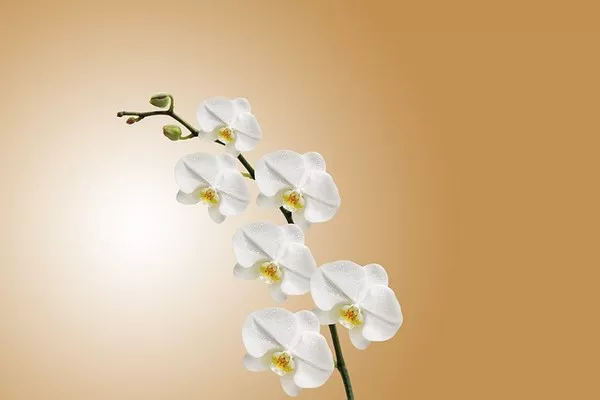Flowers are cherished for their beauty, fragrance, and emotional significance. When gifted, they serve as expressions of love, appreciation, and sympathy. However, the lifespan of a bouquet is limited, and knowing how long it can last without water is essential for preserving its vitality. This article presents a comprehensive study on the factors affecting the longevity of cut flowers and provides practical tips to extend their lifespan.
A bouquet of fresh, vibrant flowers can be a delightful sight, but what happens when it is separated from its source of sustenance – water? This article aims to explore the science behind the cut flower’s life span and shed light on the factors that influence its longevity without water. Understanding this can empower us to make informed decisions when handling and displaying cut flowers.
The Science Behind Cut Flowers’ Longevity:
Cut flowers rely on a continuous supply of water to survive and maintain their freshness. When removed from the plant, they lose access to their primary nutrient source, and their cells begin to undergo various physiological changes. As the flower continues to respire, its stored energy depletes, leading to wilting and decay.
Factors Affecting Longevity Without Water:
Several crucial factors determine how long a bouquet can last without water:
a) Flower Type: Different flower species have varying lifespans, even when deprived of water. Carnations and chrysanthemums, for example, tend to survive longer than delicate blooms like tulips or hydrangeas.
b) Maturity at Harvest: Flowers harvested at their peak maturity tend to have a longer vase life without water. Buds that have not fully opened may not have sufficient stored energy to sustain them.
c) Environmental Conditions: The surrounding environment plays a significant role. Temperature, humidity, and air circulation can either speed up or slow down the wilting process.
d) Stem Length: Longer stems usually contain more stored nutrients, helping the flower survive longer without water.
e) Pre-processing Techniques: Floral preservatives, cutting under water, and proper hydration before arranging the bouquet can all affect how long the flowers last without water.
Common Cut Flowers and Their Lifespan Without Water:
Let’s examine the lifespans of some commonly gifted cut flowers without water:
a) Roses: Roses are robust flowers and can last approximately 4-6 hours without water.
b) Lilies: Lilies have a comparatively longer vase life and can last around 2-3 days without water.
c) Orchids: Orchids can last 3-5 days without water, thanks to their ability to store moisture.
d) Carnations: Carnations are known for their impressive longevity and can survive without water for up to 7 days.
e) Chrysanthemums: These flowers can last about 5-7 days without water due to their hardy nature.
f) Sunflowers: Sunflowers can endure without water for 3-4 hours, primarily due to their large size and high water requirement.
g) Tulips: Tulips have a shorter vase life without water, lasting around 2-3 hours.
h) Hydrangeas: Hydrangeas are delicate flowers and may only last 1-2 hours without water.
Prolonging the Lifespan of Cut Flowers:
While it is inevitable that cut flowers will eventually perish without water, several measures can significantly extend their longevity:
a) Proper Cutting Techniques: Trim the stems at an angle to increase the surface area for water absorption.
b) Use of Floral Preservatives: Commercial floral preservatives can provide essential nutrients and inhibit bacterial growth, extending the bouquet’s life.
c) Change Water Regularly: If the bouquet is placed in water after being without it for a while, changing the water daily can refresh the flowers and delay wilting.
d) Temperature and Humidity: Placing the bouquet in a cool, humid environment can slow down water loss through transpiration.
e) Mist the Flowers: Gently misting the flowers with water can provide some temporary hydration.
f) Refrigeration: When not on display, storing the bouquet in a refrigerator (without fruits or vegetables) can help retain moisture and prolong its freshness.
g) Avoid Direct Sunlight and Heat: Exposure to direct sunlight and heat accelerates water loss, hastening the wilting process.
h) Selecting Longer Lasting Flowers: Opt for flowers with longer vase lives, such as carnations, chrysanthemums, or orchids, for occasions when access to water might be limited.
Conclusion:
While the lifespan of a bouquet of flowers without water is limited, understanding the factors influencing their longevity empowers us to make the most of their beauty. By considering flower type, maturity at harvest, environmental conditions, stem length, and pre-processing techniques, we can prolong the freshness of cut flowers. Moreover, following proper care tips like using floral preservatives, changing water regularly, and avoiding direct sunlight can significantly extend their vase life. Next time you receive or gift a bouquet, armed with this knowledge, you can appreciate its beauty for as long as possible.


